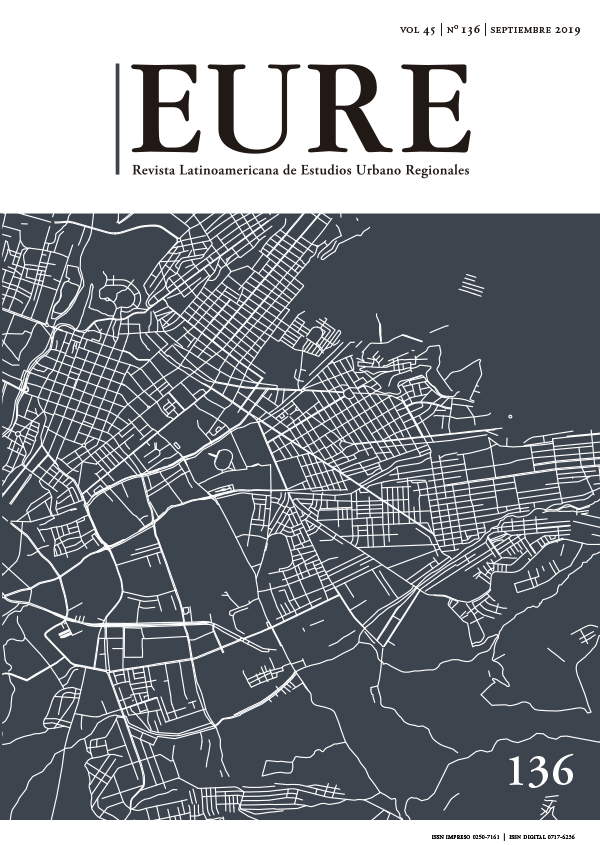Geomorphology and Urban Form. Urban Behavior of Different Patterns on Hillside Areas: The Case of Mendoza, Argentina
DOI:
https://doi.org/10.4067/S0250-71612019000300183Keywords:
urban morphology, urban sustainability, urban environmentAbstract
The urban growth that takes place on the piedmont of the metropolitan area of Mendoza, Argentina has modified the conditions of the territory and the energy balance, resulting in an increase of temperature. This produces an increased energy consumption for summer thermal conditioning and deteriorates the thermal habitability of public spaces. To detect urban configurations that mitigate this impact, the interaction between microclimatic parameters and geomorphological variables that define the thermal behavior of urban spaces were analyzed. Eight representative urban canyons inserted in different types of frames, present in the study area, were selected, characterized geomorphologically, morphologically and technologically, and monitored microclimatically. The data were evaluated statistically by multivariate analysis. The research highlights the impact of design decisions when prioritizing strategies to achieve the sustainability of the built environment in residential areas located in the piedmont.Downloads
Published
How to Cite
Issue
Section
License
Copyright (c) 2019 Revista EURE - Revista de Estudios Urbano Regionales

This work is licensed under a Creative Commons Attribution 4.0 International License.
Al momento de aceptar la publicación de sus artículos, los autores deberán formalizar la cesión de derechos de autor a EURE, según las condiciones establecidas por la Revista.
Ésta establece que el autor autoriza a EURE de manera gratuita, exclusiva e ilimitada a reproducir, editar, publicar, distribuir, publicitar, comercializar y traducir el artículo, a cualquier soporte conocido o por conocer y desarrollar.
Del mismo modo, los autores aseguran que el artículo propuesto es original, no publicado y no propuesto para tal fin a otro medio de difusión.


